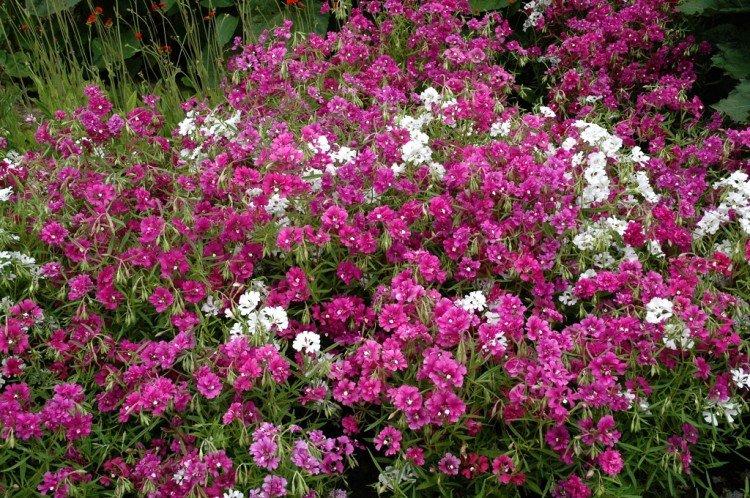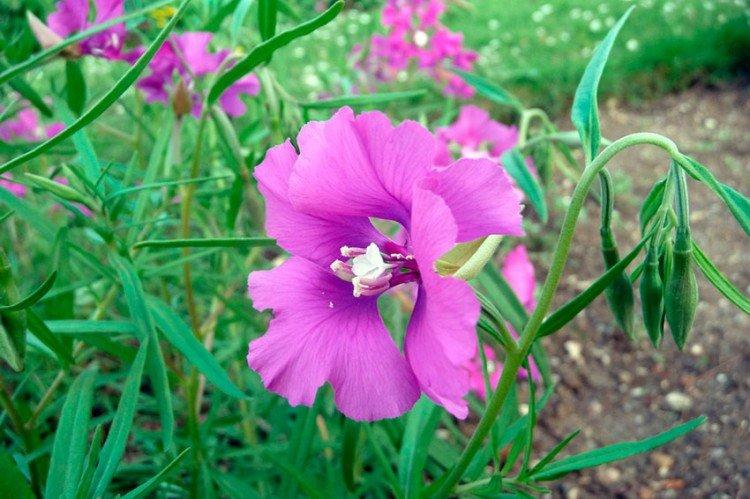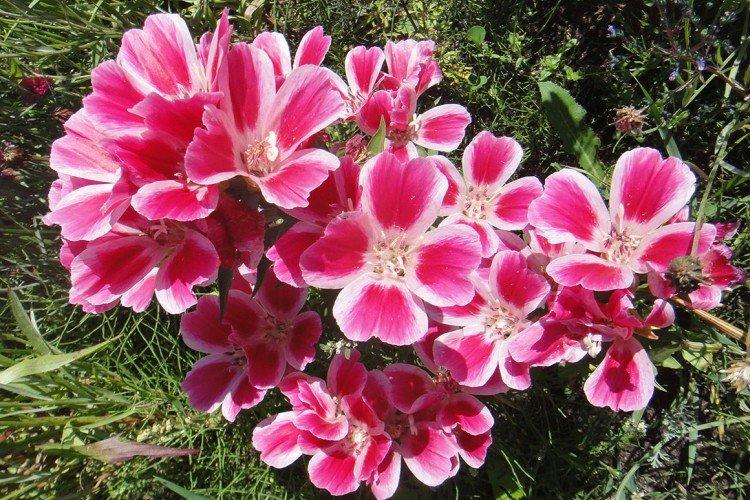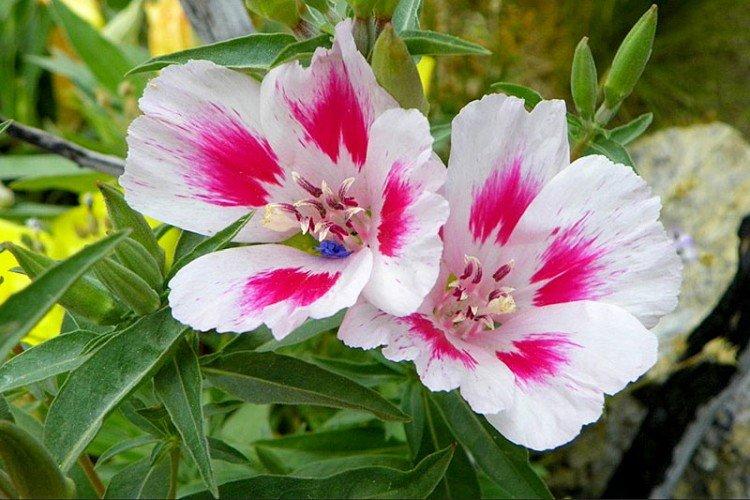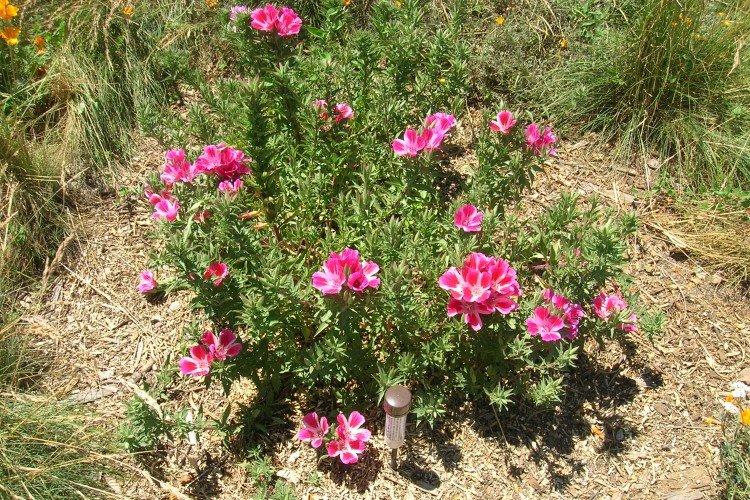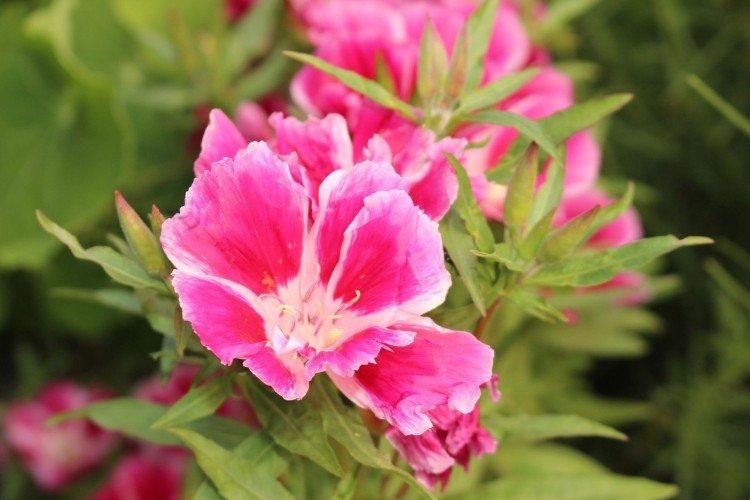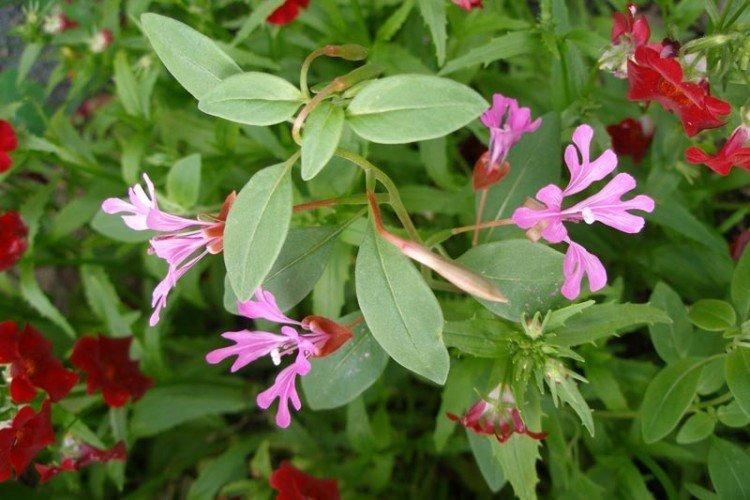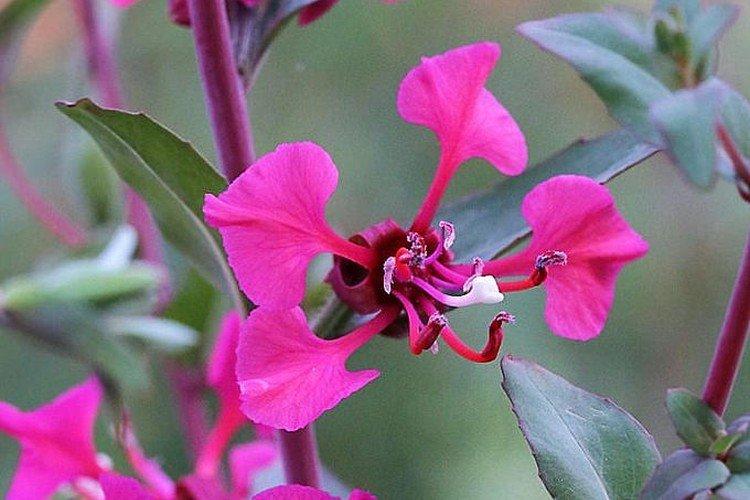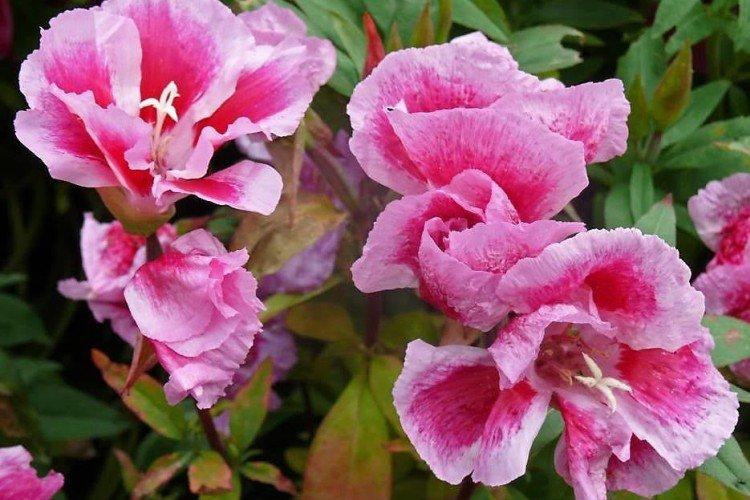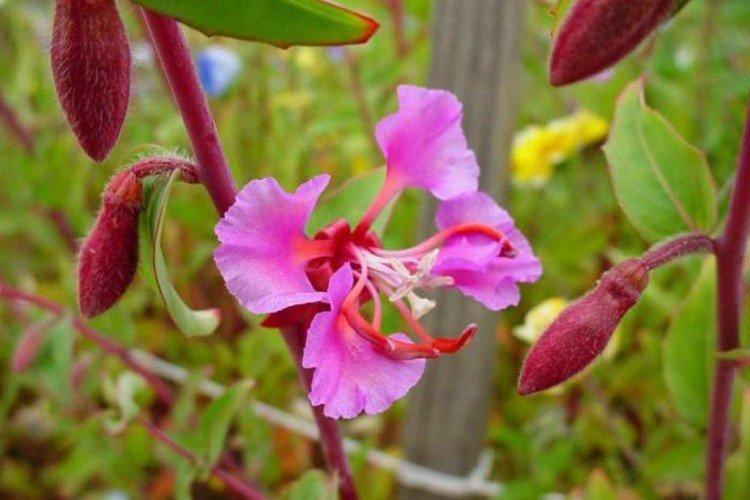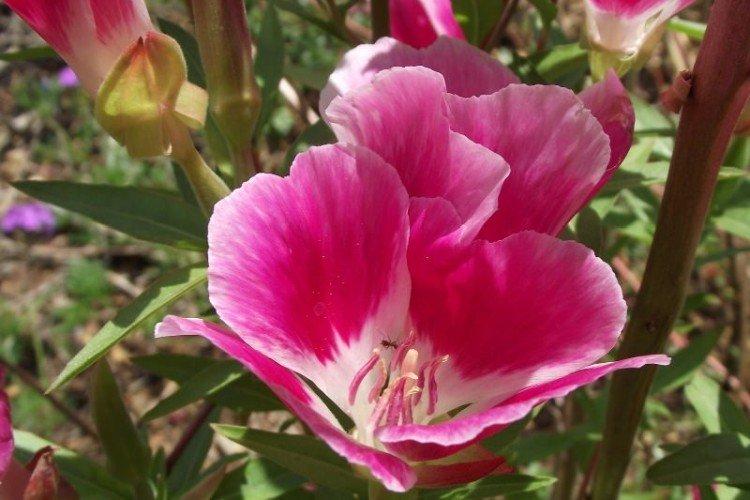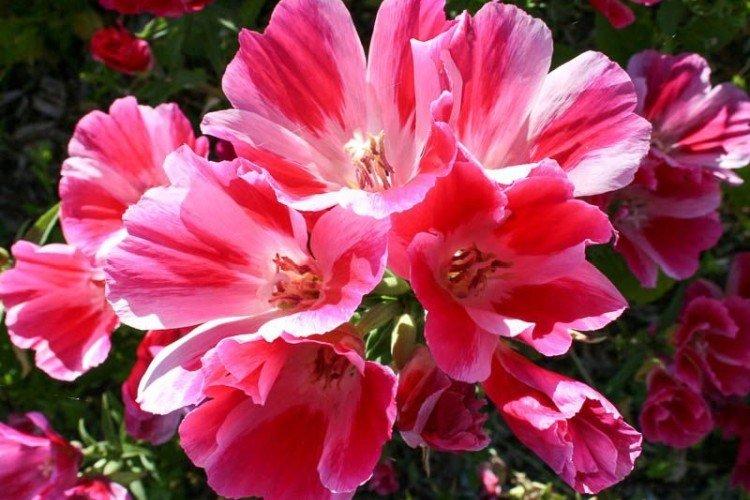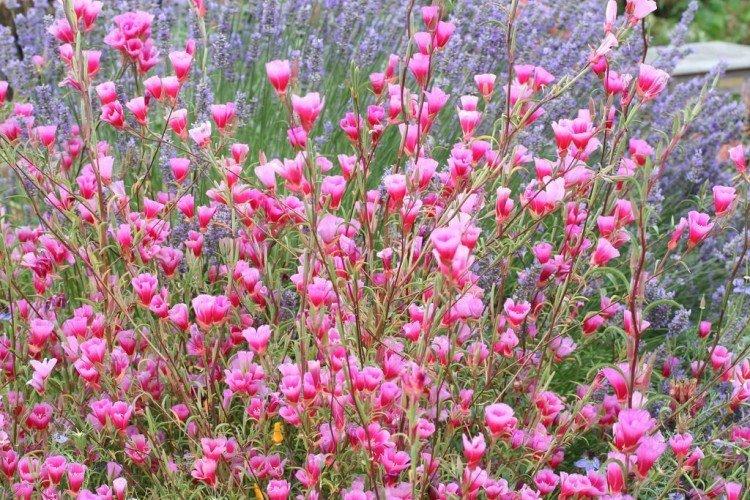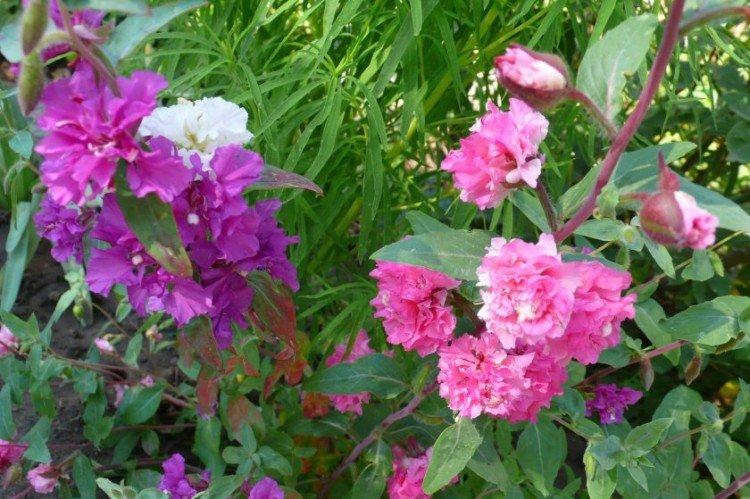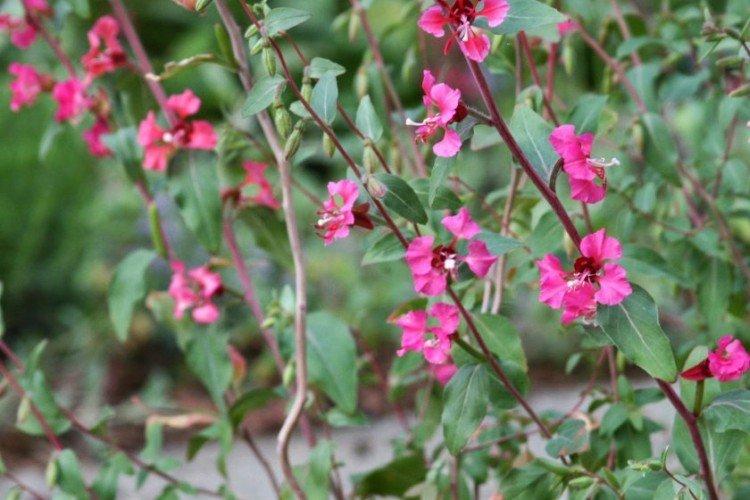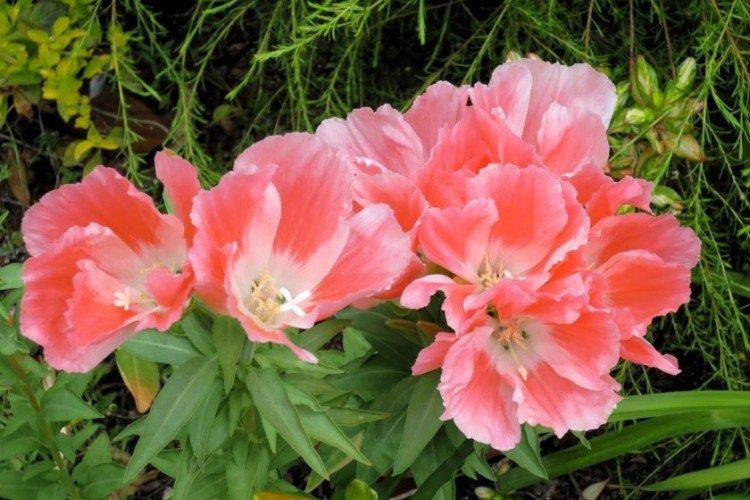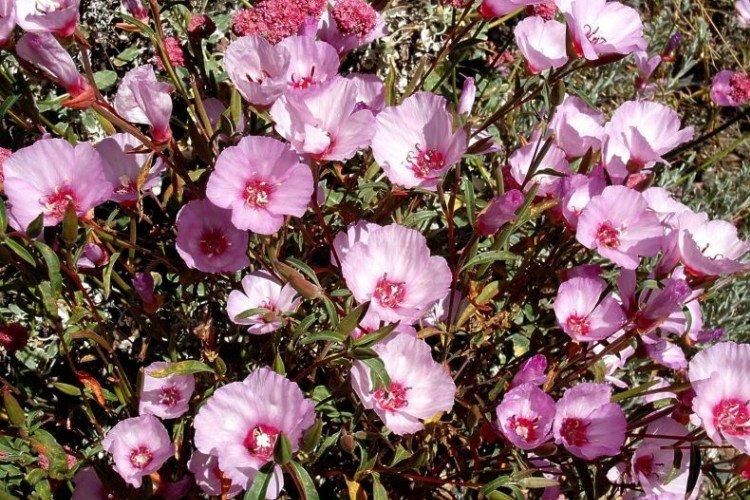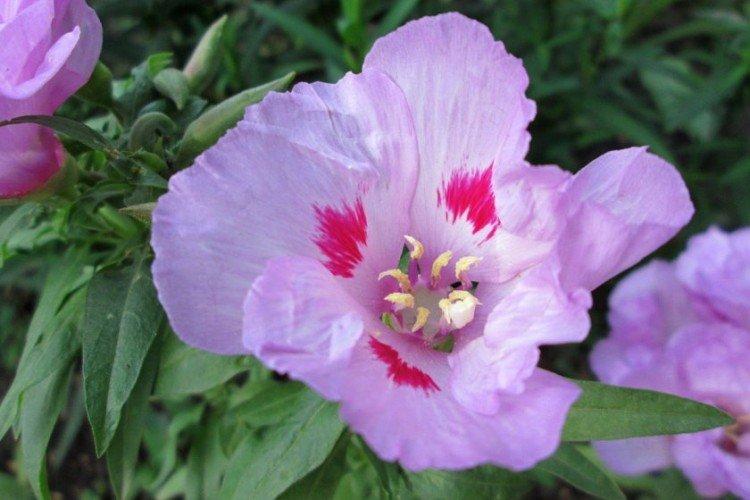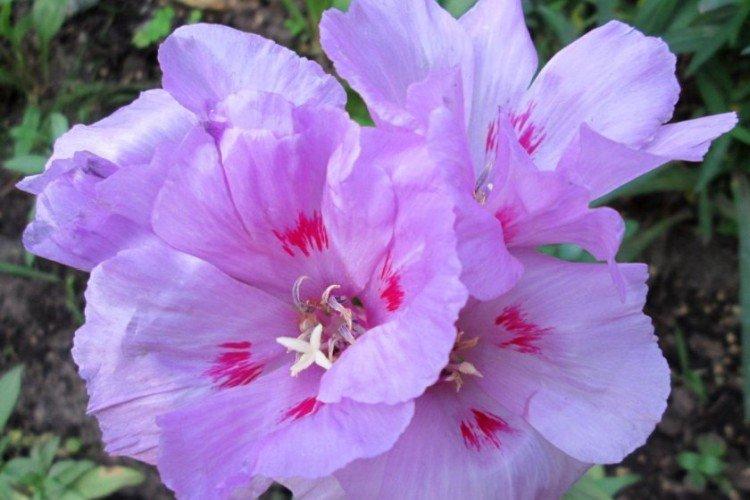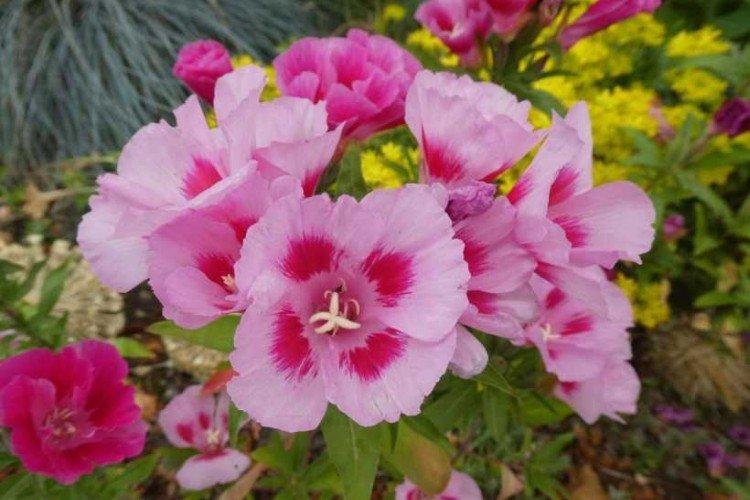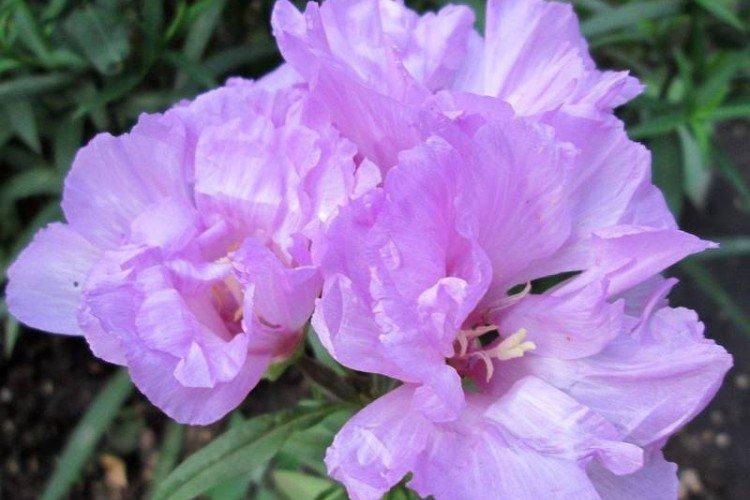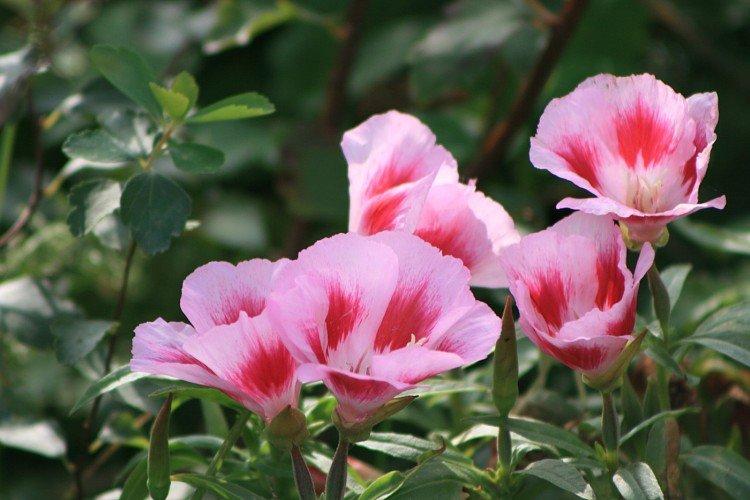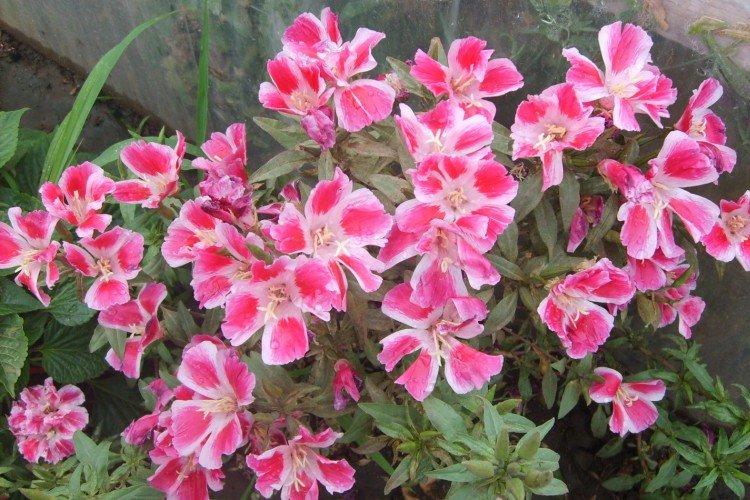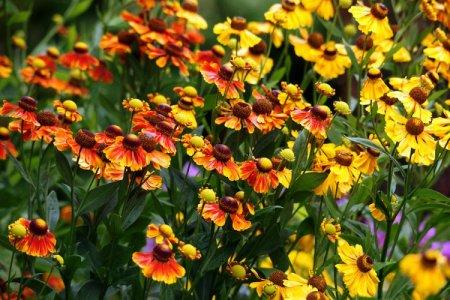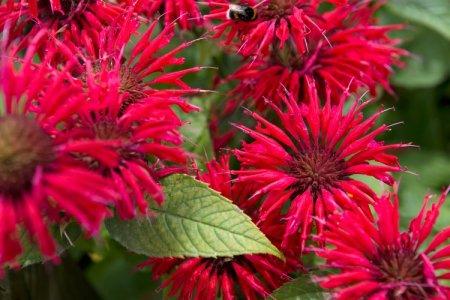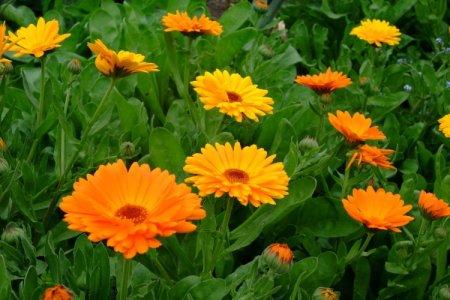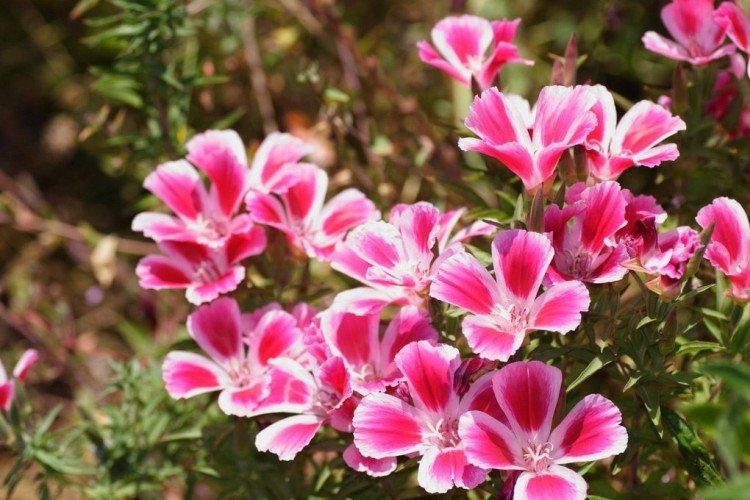
In search of beautiful decorative annuals for the garden, we recommend that you pay attention to the charming clarke! Some even call it the Chilean sakura because there are so many shades of pink to look for!
general information
Clarkia is a herbaceous annual, similar in origin and essence to godetia. For several centuries, a certain Captain Clark brought this beautiful flower to Europe from the North American coast. In the garden, clarkia grows in charming islets, densely covered with axillary flowers of a simple or double type.
Clarkia height ranges from 30 to 90 cm. It has very thin and often pubescent shoots, oval sessile leaves and loose apical inflorescences in the form of a brush or spikelet. The diameter of each individual flower reaches 3.5 cm.
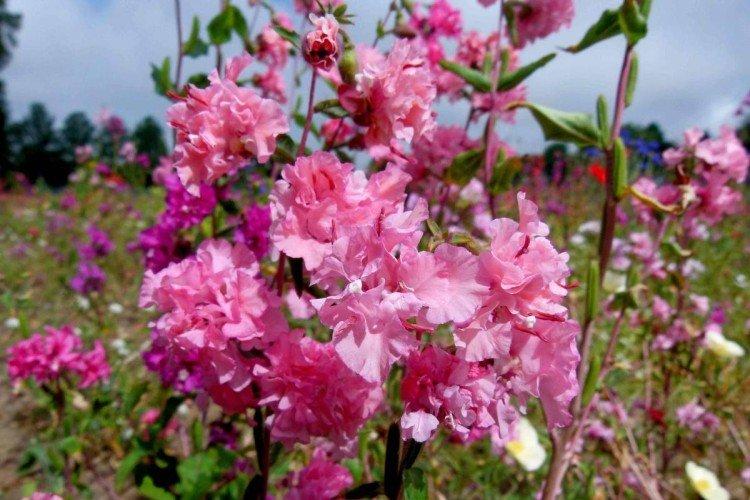
Types of clarkia
Gardeners grow only three main types of clarkia: graceful, pretty and Breveri. The names speak for themselves, but let's dwell on them in more detail!
Graceful clarkia
It is also called marigold, and it is a branched Californian annual up to 1 m in height. Strong shoots quickly lignify from below, and the gray leaves contrast effectively with large multi-colored flowers of a simple or double type.

Pretty clarkia
It is a dwarf pubescent species up to 35-40 cm in height with long thin leaves and a bizarre flower shape. They can be single or grouped. The lobed petals are divided into three parts.
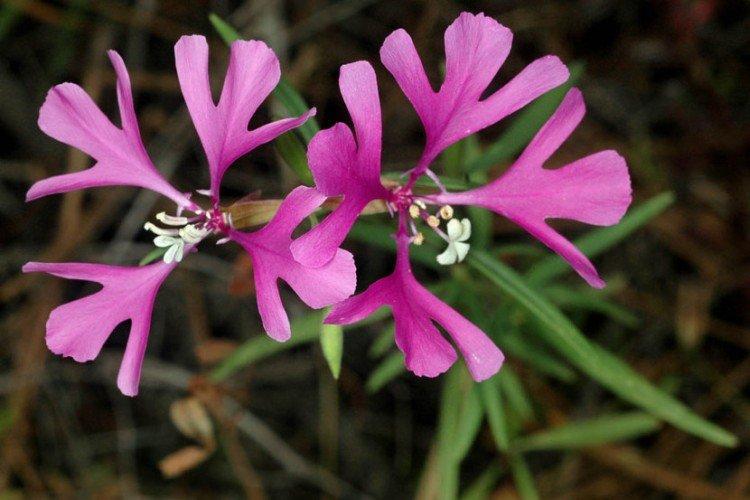
Clarkia Breveri
This species is only gaining popularity, but has already proven itself well in mid-latitudes. The frost-resistant Clarkia Breveri is not afraid of frost, and its fragrant pink flowers resemble fantasy butterflies.
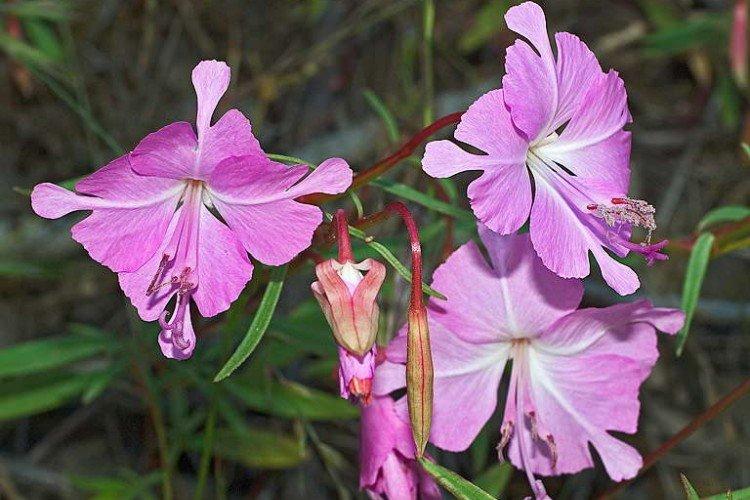
Clarkia care
Clarkia is completely unpretentious and can even grow on its own. But just a little simple care - and it will bloom even brighter, more magnificent and longer!
Temperature and lighting
Choose an area with bright sunlight for Clarkia. In regions with strong spring temperature drops, grow it through seedlings.
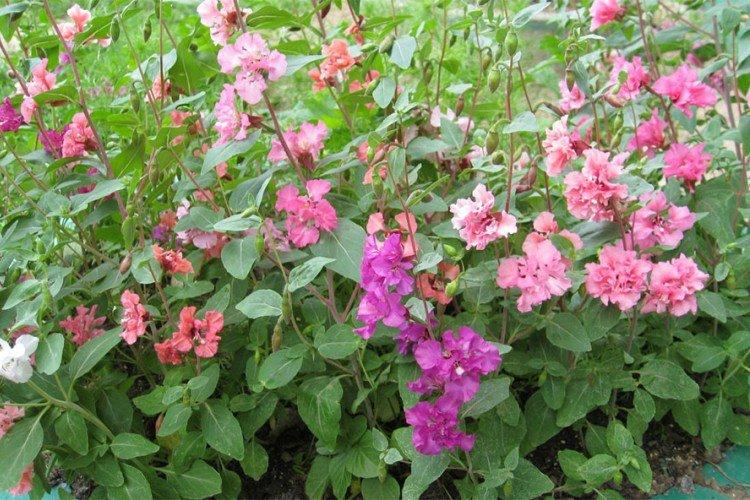
Watering
Watering clarke is only needed during long hot and dry periods. And even then, the flower bed is watered no more than several times a week. Make sure that the water does not stagnate around the bush.
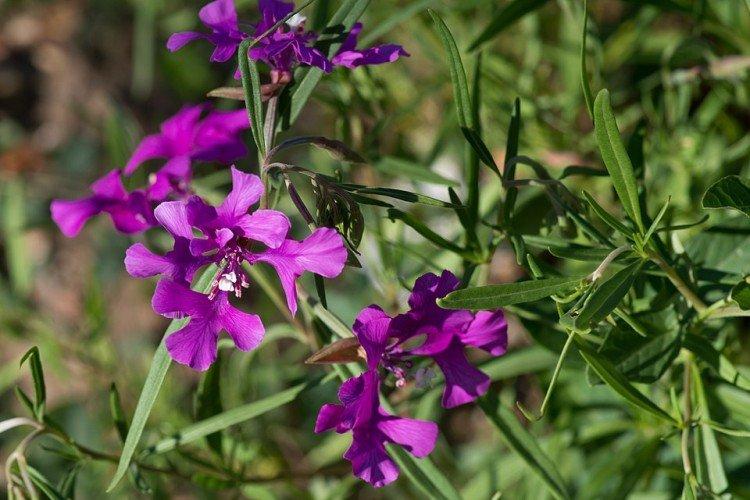
The soil
Clarkia prefers loose and light soil of moderate fertility with a slightly acidic reaction. If the soil is alkaline or too acidic, balance it a few weeks before planting. Only fatty soils are categorically not suitable for an unpretentious plant.

Fertilizers and feeding
Small fertilizing every 2 weeks will help prolong the flowering of the clarkia. Almost any complex mixture for flowering plants is suitable, but organic matter cannot be used. Fertilizers are applied only during bud formation and flowering.
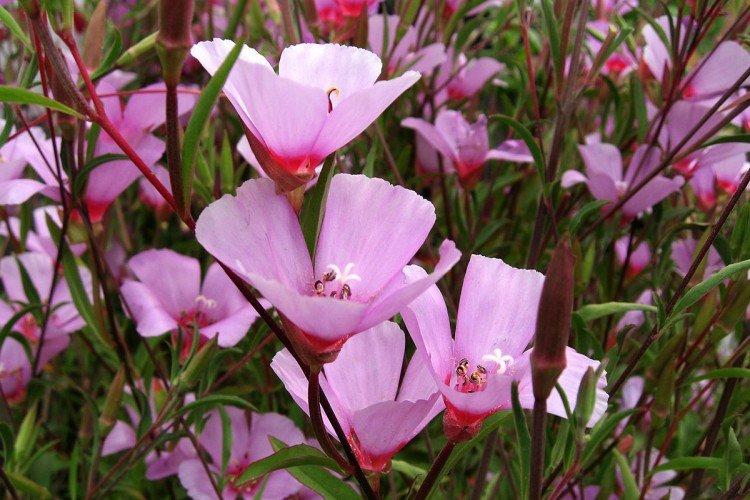
Planting and breeding clarkia
Like most annuals, clarke is easier to grow directly from seed. They are sown into the ground before winter or already at the end of April after digging up the soil with calcium and phosphorus. Small seeds are covered with nests in increments of 20-40 cm.
Sprinkle them with a very thin layer of soil, and shoots will appear in 2 weeks. Over time, they will have to be thinned, but do not be too zealous, because a lush blooming carpet looks much more impressive.
If desired, you can germinate clarke through seedlings in March under a film, and then transplant into the garden in May. Seedlings are planted in small groups in one hole to form a lush bush. High varieties require support as they grow.
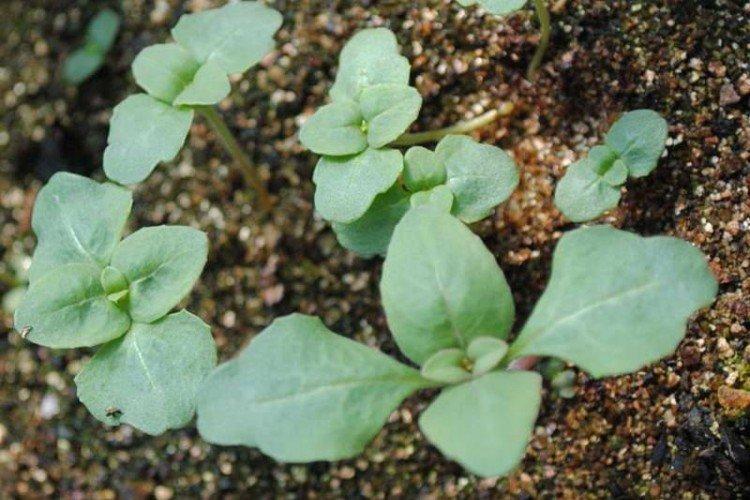
Pest and disease control
Clarkia has good disease resistance. Very rarely, due to prolonged waterlogging, brown spots or whitish bloom appear on the shoots.This is a fungus, so you need to destroy diseased plants and treat the area around with fungicides.
Clarkia also has few pests, and most often it is a simple garden flea or mealybug. When the colony grows, they inhibit the growth and development of young plants. But it is easy to get rid of parasites with the help of special drugs. For the rest, clarkia attracts only beneficial insects.
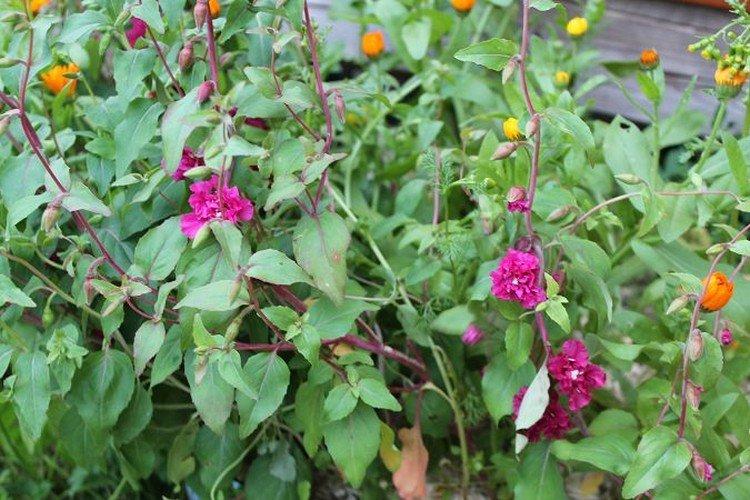
Clarkia - photo
Clarkia will become the pearl of any flower garden, fill the garden with colors and create a fabulously romantic atmosphere. Just look!
